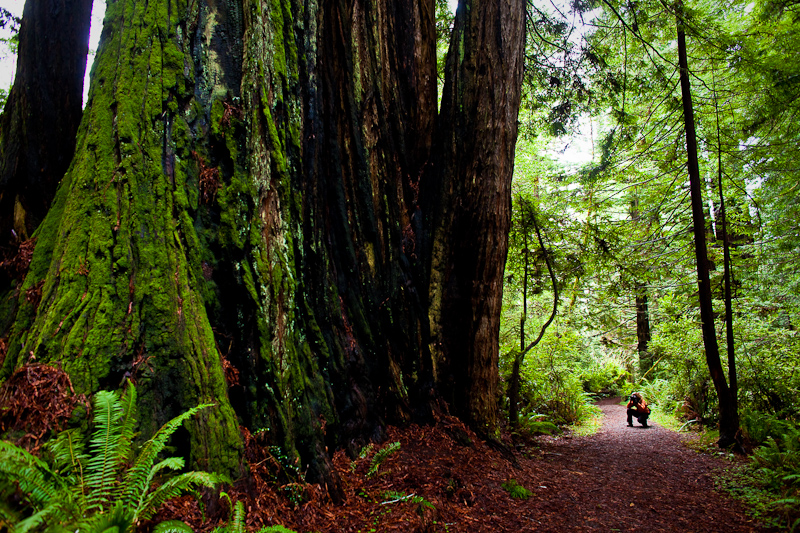
I don’t have time to wax poetically about how the redwoods are beautiful and majestic (they are both), or to elaborate on the history of the region, from the First Nations who lived within this rich ecosystem to the clear-cutting loggers who devastated it—or even the first-round conservationists who worked to protect what remains.
Wikipedia can help us though:
In 1850, old-growth redwood forest covered more than 2,000,000 acres (8,100 km2) of the California coast. The northern portion of that area, originally inhabited by Native Americans, attracted many lumbermen and others turned gold miners when a minor gold rush brought them to the region. Failing in efforts to strike it rich in gold, these men turned toward harvesting the giant trees[4] for booming development in San Francisco and other places on the West Coast. After many decades of unobstructed clear-cut logging, serious efforts toward conservation began. By the 1920s the work of the Save-the-Redwoods League, founded in 1918 to preserve remaining old-growth redwoods, resulted in the establishment of Prairie Creek, Del Norte Coast, and Jedediah Smith Redwoods State Parks among others. Redwood National Park was created in 1968, by which time nearly 90% of the original redwood trees had been logged. The National Park Service (NPS) and the California Department of Parks and Recreation (CDPR) administratively combined Redwood National Park with the three abutting Redwood State Parks in 1994 for the purpose of cooperative forest management and stabilization of forests and watersheds as a single unit.[5]
I also don’t have the knowledge to describe the myriad species that live within this protected area (a UNESCO World Heritage Site), but that info is out there for our nerdiest friends to find.
We only spent a morning walking and driving through the forest, so I’m no expert. But what I can say is that it was great.
– Chris


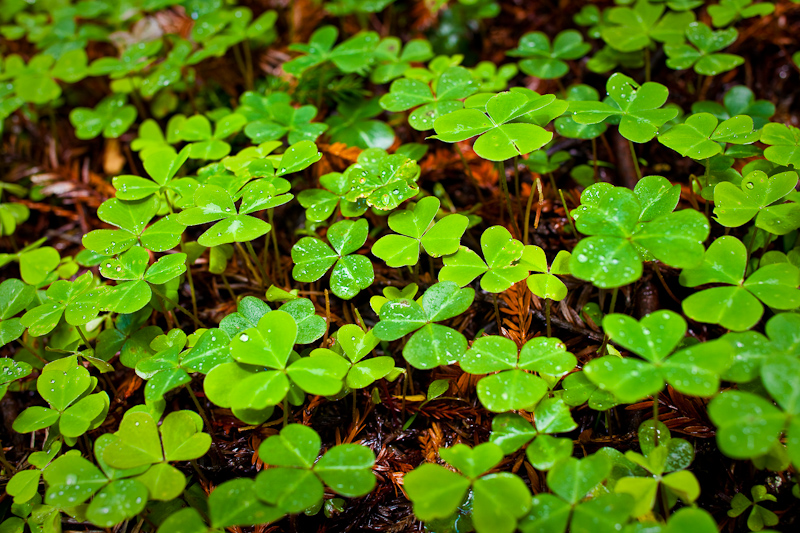





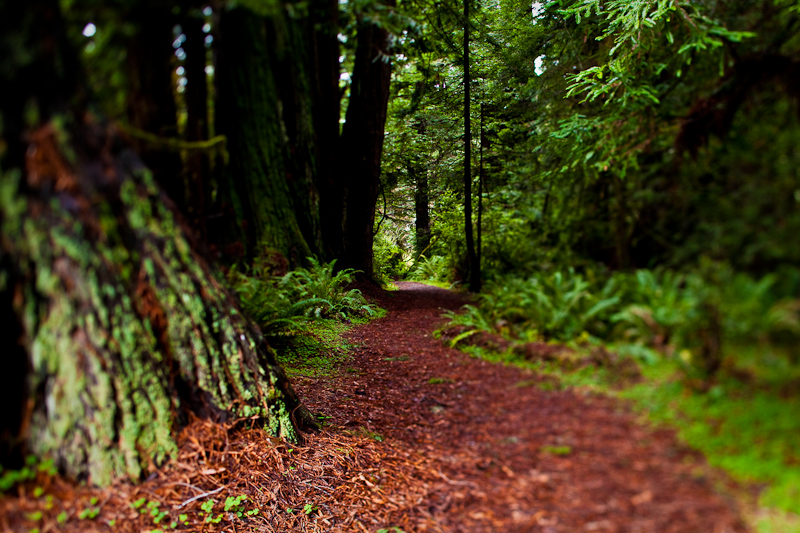


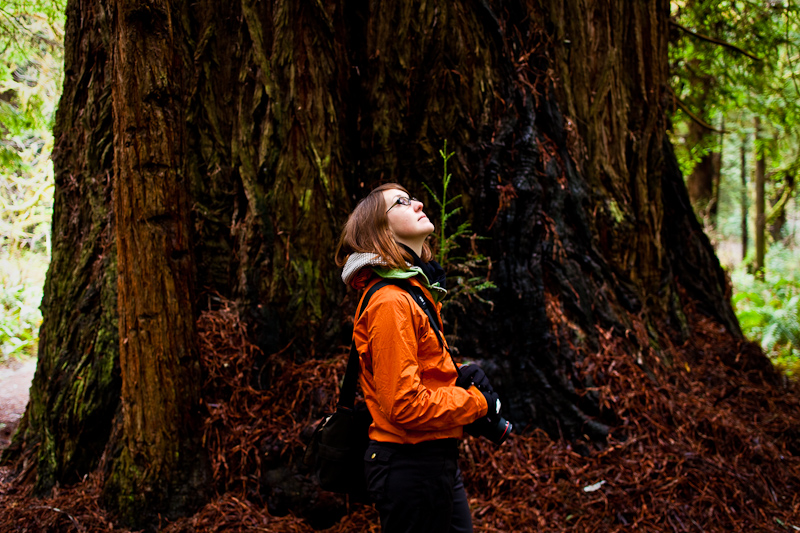
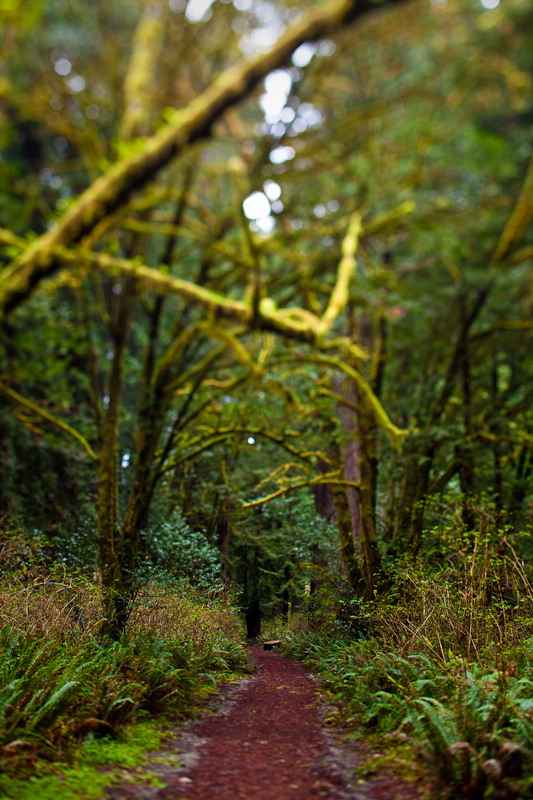


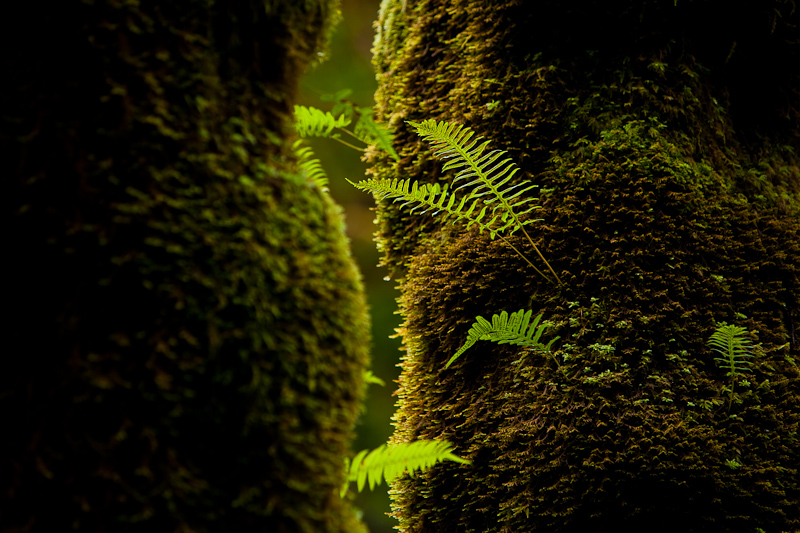


Leave a Reply